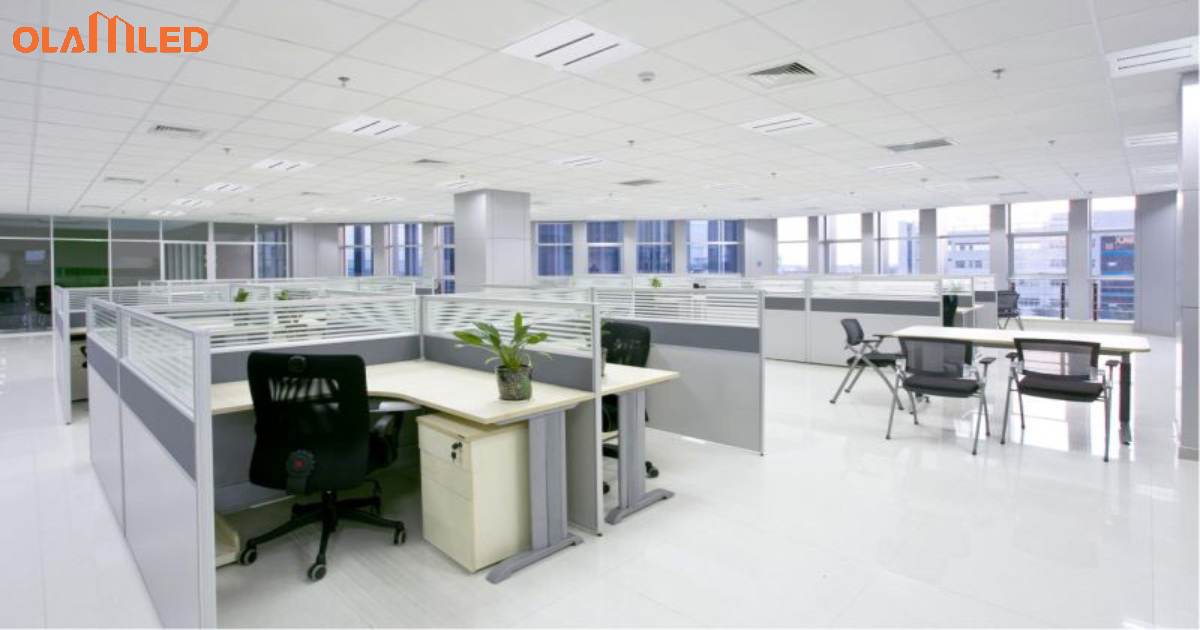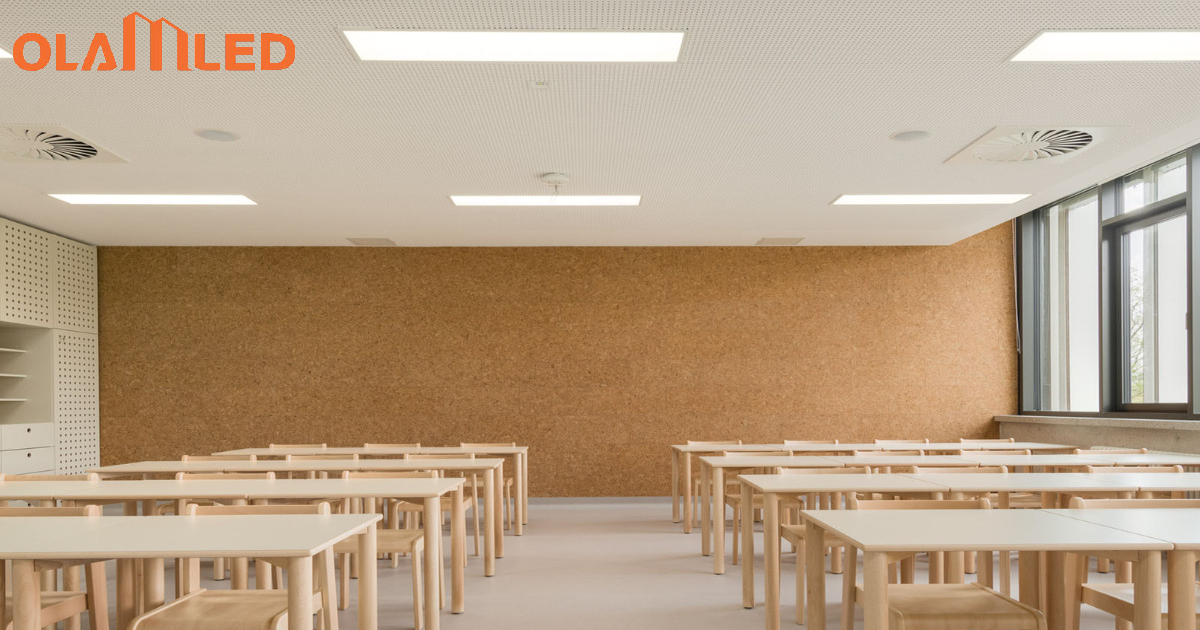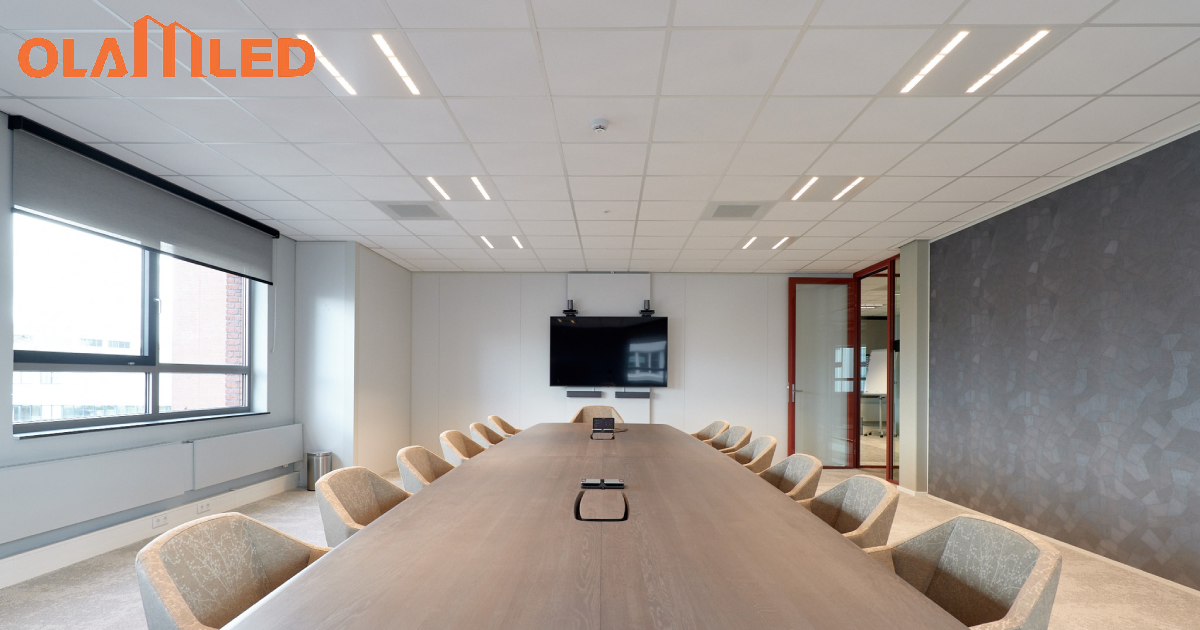LED lights have taken a massive place in the lighting sources. Almost every place, be it residential or commercial, is equipped with LED lighting, and this leads to ensuring that the LED luminaires are highly suitable.
LED lights are made out of various components, making them an energy-efficient light source. If you are looking forward to knowing more about the LED luminaires and the essential components in them you must go through this guide below.
What is an LED?
LED stands for Light Emitting Diode; it is an electrical component, also known as a semiconductor, that allows electricity to pass through it. The material of the semiconductor in an LED is chosen very carefully, keeping in mind its purpose to produce light.
LED lights are used for many reasons, among which their energy efficiency and durability take the lead; there are various components in the LED lights, and each component has its significance.
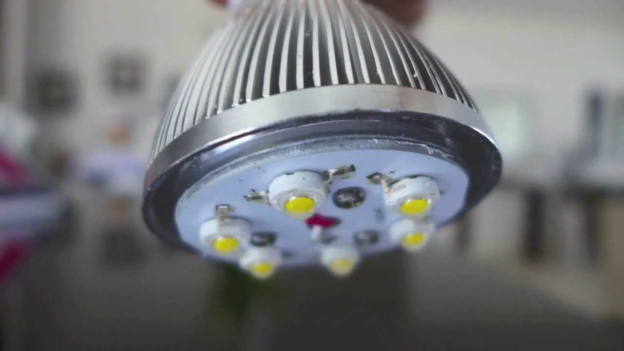
Main Parts Of LED Lights
The LED lights have various parts, and some of the main components responsible for the functioning of the light are as follows:
1. Circuit Board
The circuit board is the main component; you can call it the brain of the LED light. The circuit board takes the electrical energy and the LED is then directed about the function which it has to perform. The signals that are offered by the circuit board to the LED include turning the LED on and off, changing the color, or dimming it.
2. Heat Sink
The heat sink is designed to enhance the LED‘s life and performance. The role played by a heat sink is very important when it comes to managing heat in the LEDs. When the electrical energy is converted into light, some heat is generated, and it needs proper dissipation so that the LED doesn’t get damaged.
Heat sink plays the role of passive heat exchanger, which removes the heat from LED and dissipates it into the surroundings. The heat sink is made of materials that offer high thermal conductivity, and these materials include copper or aluminum, as they are efficient options.
The LED’s temperature is maintained this way, and the prevention of performance degradation can be achieved for the LED, which ensures that the LED operates with efficiency. When the LED lights remain under a controlled temperature, they neither flicker nor buzz.
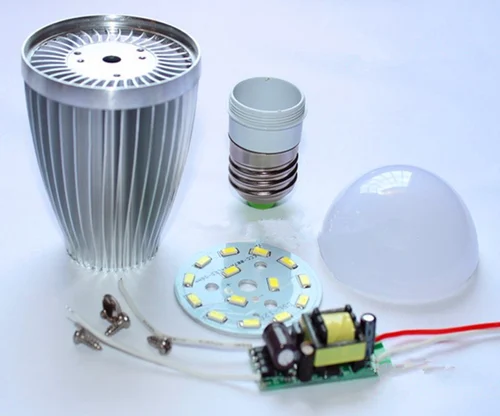
3. Housing
Housing for an LED is an enclosure that plays a very important role in the LED installation and performance. The components within the LED are protected through housing. It offers heat dissipation and also mechanical support to the LED.
The housing covers the sensitive components inside the LED, which comprises the circuitry, LED chip, and other components from moisture, dust, and any other physical damage. It helps to improve the lifespan of the LED. Moreover, the housing also offers the facial stain of ease in installing it and keeps it stable and in a proper position.
Heat dissipation is considered a very crucial aspect of LEDs, and when high-quality housings are opted for LEDs, they are designed in a way that captures heat dissipation with efficiency. It maintains the performance of the LED and also helps prevent the LED from overheating, which is a cause of premature damage.
The quality of the LED casing has a significant impact on the durability and overall performance of the LED, and when the LED light is chosen, the quality of the housing should also be considered.
4. LED modules
LED light modules use LEDs to open and act as light bulbs fully. The LED light modules are a little different from the LED light bulbs. They have LEDs on a board, and these boards are in different shapes.
The LED light modules are able to cater to a wide range of uses, and they can operate on their own and also can be plugged into any lighting fixture. These LED light modules help create unique features by removing the bulb-like look from them.
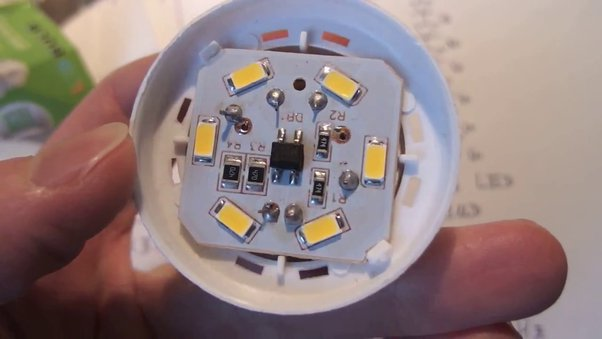
5. Power Supply
The power supply of an LED is responsible for converting the AC power into DC power. The power supply comprises a driver power which converts the power supply to a given current and voltage, which allows the LED voltage converter to work accordingly.
The LED power supply has an input, which is composed of high-voltage AC power, low-voltage DC power, low-voltage and high-frequency AC power, and high-voltage DC power.
The output of the LED power supply, on the other hand, is a source of constant current, which changes the voltage in case of a voltage drop. The core components of the LED power supply include the feedback resistor, output and input filter, switch controller, and inductor.
6. BASE
The light bulb has a base which helps to fix the fixture on the required location. When it comes to LEDs, they have been designed as a replacement for the current bulbs, and there is a wide range of base types to choose from.
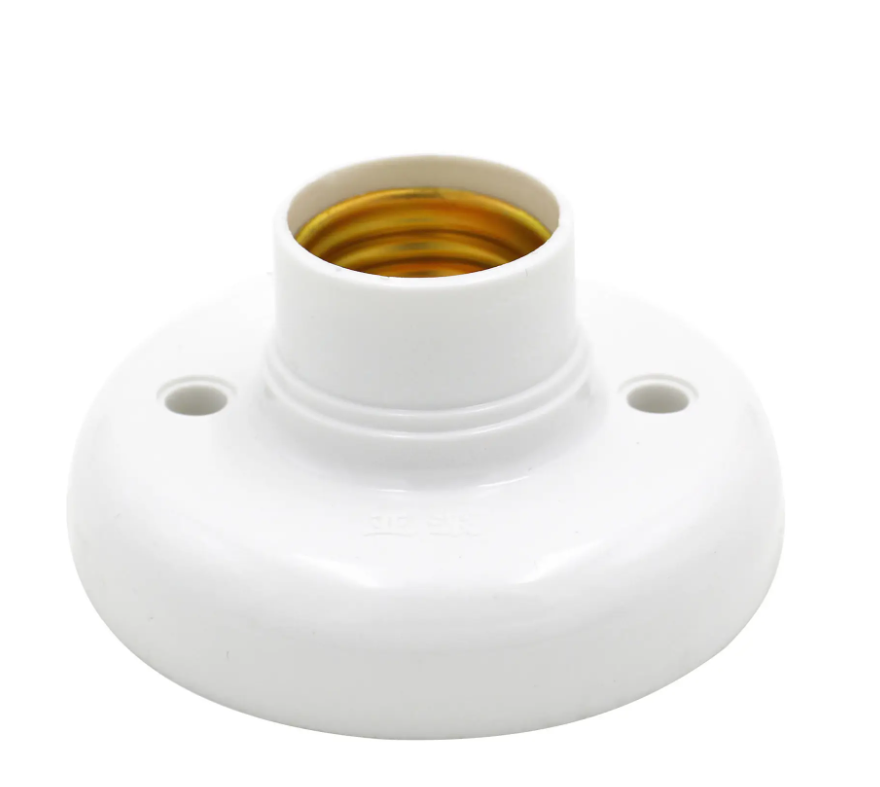
7. COB LED
COB LED means chip-on-board LED; it is a type of technology used for LED packaging. The traditional LEDs comprise LED chips mounted on a printed circuit board. However, in the COB technology, multiple LED chips are packed together on the same substrate, and they create a single module.
The COB LEDs offer a higher brightening as multiple chips are combined in the place of one, and it also leads to improved thermal performance due to improved heat dissipation. They help to improve the lifespan of the LEDs and also improve efficiency.
COB LEDs are also responsible for illuminating the uniform lighting, which also helps to reduce glare and offers a high CRI.
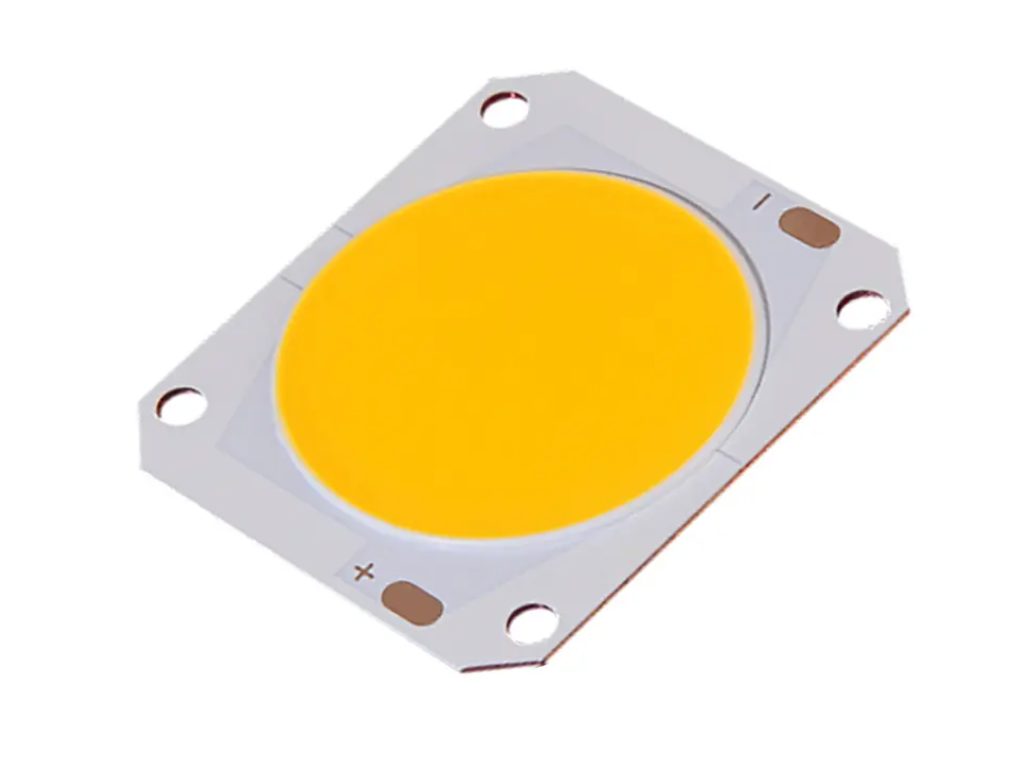
8. LED Driver
LEDs are designed in a way that they run on low voltage on DC electricity. However, in most of the cases the voltage supply is high as it differs from country to country. The LED driver can adjust high voltage and AC low voltage.
The LED drivers also help to protect the LED from fluctuations in voltage and current. Lights that flicker or buzz a lot are because of the inferior quality of the LED driver. Hence, the role of an LED driver is very important, and it is equally important to have a high-quality driver.
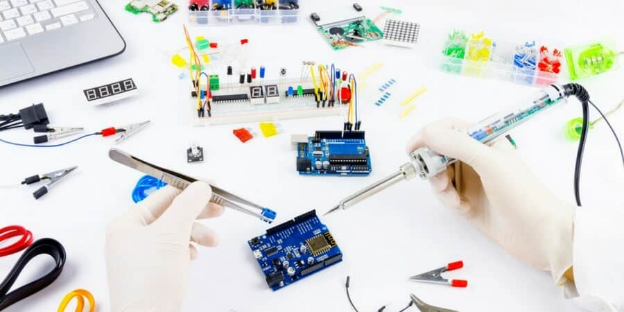
9. LED Lights
LED lights or LED chips are the main components of the LED luminaries. The LED lights or LED chips emit light when the electric current is passed through them. In the absence of LED chips there will be no light produced.
The material of LED chips predicts the color of light, and to create different colors of light, different materials of semiconductors are used. The different materials that create different colors include:
- Gallium nitride, which creates a blue color.
- Indium gallium nitride creates green, red, and yellow light.
- Aluminum gallium indium phosphide creates amber, red, and orange colors.
The LED chips are directly mounted on the circuit board, and the lighting products are assembled this way very well. When high-quality LED chips are used, the efficiency of the light increases.
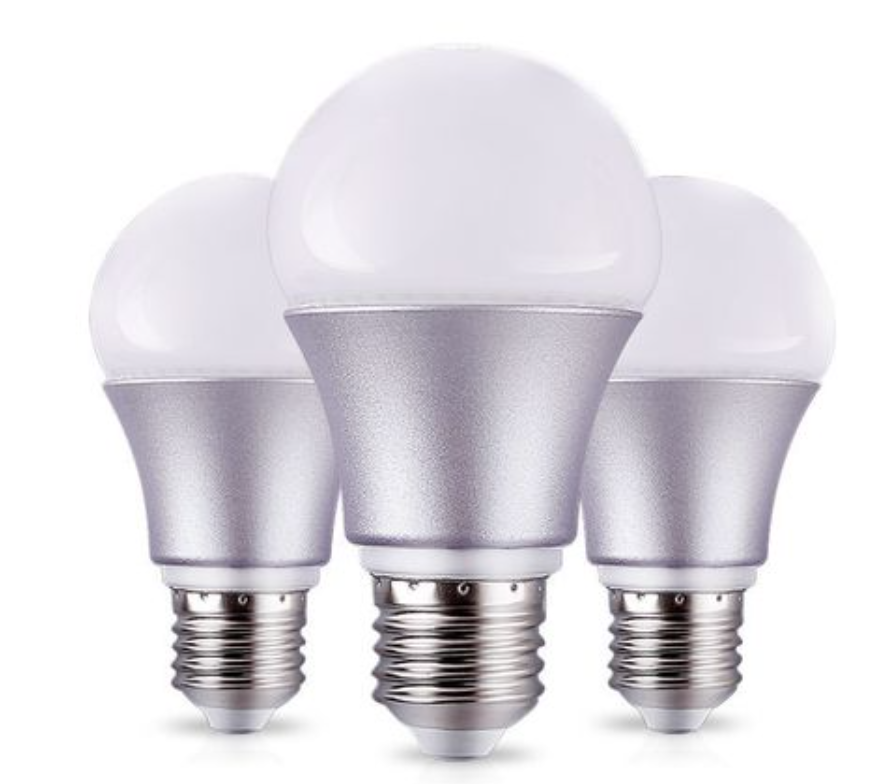
10. Optic Lens
In order to distribute the light from LEDs, a component that is very important is needed, and this is the optic lens. This optic lens is a cover that is made of shatter-resistant plastic, and it helps to give LEDs a look close to traditional bulbs.
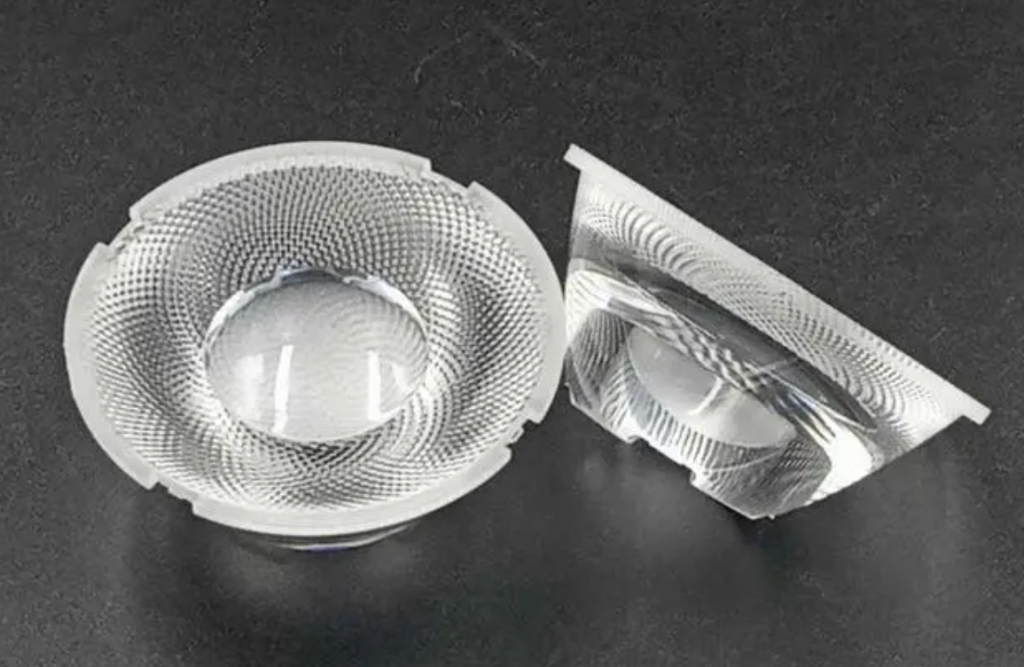
11. Wires
Every LED luminaire has multiple wires and every wire has a different purpose to carry out. The LED lights mainly have power wires, which include the line wire, which carries the electrical supply from the power source to the luminaire, and a neutral wire, which allows the circuit to be completed and also gives a path of return to the current towards the power source.
Another type of wire in LED luminaires is the ground wire, which is connected to the earth, is a safety path for the current in case of any fault, and also prevents the electric shock for the safety of luminaries. There are LED driver wires, too, which comprise input and output wires. The input wire connects the LED luminaire to the LED driver, and the output wire connects the LED driver to the LED modules.
Different components of the LED luminaire are also connected with some wires, and these are internal wires present within the LED light.
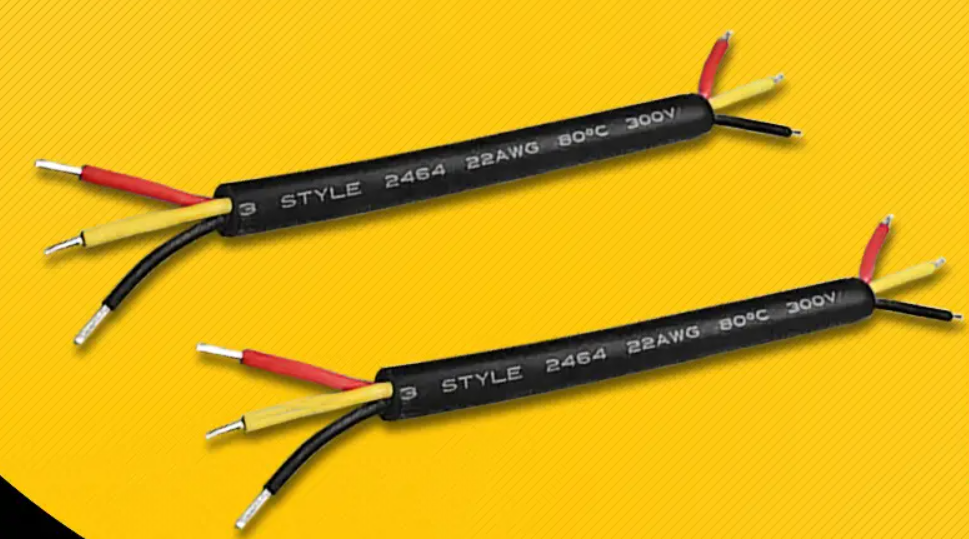
How To Choose Quality LED Luminaires Components?
In order to choose good quality LED luminaire components, some of the important considerations are as follows:
- LED chips prove to be the primary component, and it is very important that these are chosen from a well-known manufacturer. The reliability of the LED chips is very important, and they should also offer higher efficiency for better energy efficiency and balanced brightness.
- The compatibility of the LED driver with the LED chips and the design of the luminaire is also very important; in case there is no compatibility, the performance of the light may deteriorate.
- The quality of a heat sink is very important; it should be made out of materials that offer good thermal conductivity so that the heat is effectively dissipated, and it helps in increasing the lifespan of LEDs.
- The optics and lenses of the luminaire should also be made of high-quality material, and they should offer the desired light coverage based on the pattern of light distribution.
- The durability of the housing materials is very important. It should be made of material that is durable and offers corrosion resistance. Also, to ensure that the luminaire has the right IP rating, the materials should be up to the mark so that the luminaire is protected from dust and moisture.
- The color perception of the LED lights must be accurate, and to ensure that LEDs that have a high CRI need to be chosen.
- When the LED luminaires are selected, the essential certifications and their compliance are very important. You must look at whether the LED luminaires are equipped with certifications like CE, UL, or any other relevant standards.
- The brand or manufacturer you are purchasing the LED luminaries from is very important; make sure they have a history of manufacturing reliable and high-quality LED lights with a good reputation.
- LED lights must be equipped with energy efficiency, and for this, look for LEDs with high PH and low THD, which offers an indication of better energy efficiency.
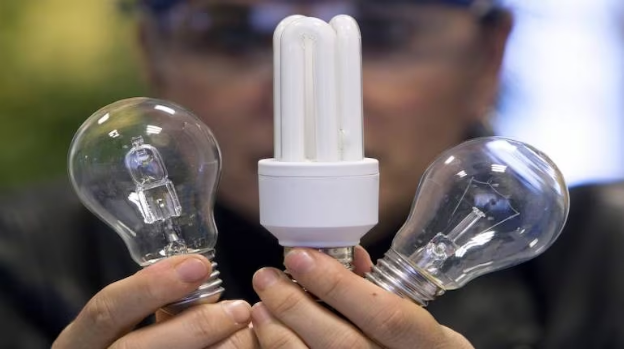
LED vs Incandescent Bulbs: Why LEDs are Better?
The evolution of LED lights has made incandescent bulbs turn into history, and there are many reasons that have made LEDs a better option when compared to incandescent bulbs. Some of the reasons why LEDs must be chosen over incandescent bulbs are as follows:
Lower Energy Use
LED lights consume less energy, whereas incandescent bulbs consume a lot of energy, and this leads to stress on non-renewable natural resources. Hence, LEDs are a better option because they offer the same level of illumination as traditional bulbs do but use less energy.
Less Frequent Replacements
The life of incandescent bulbs is hardly about a year, and after that, you have to replace them, but the LEDs have a lifespan of around 20 years, and hence they do not need frequent replacement.
Lower Utility Bills
Since LED bulbs do not consume a high amount of energy they do not increase the cost of utility bills. Whereas, incandescent bulbs heat a lot, and hence, they take more energy, which leads to increased energy bills.
No Need For New Fixtures
The base of the LED bulbs is such that they usually fit in the existing lighting fixtures, which means they do not demand any new fixtures and help reduce waste.
